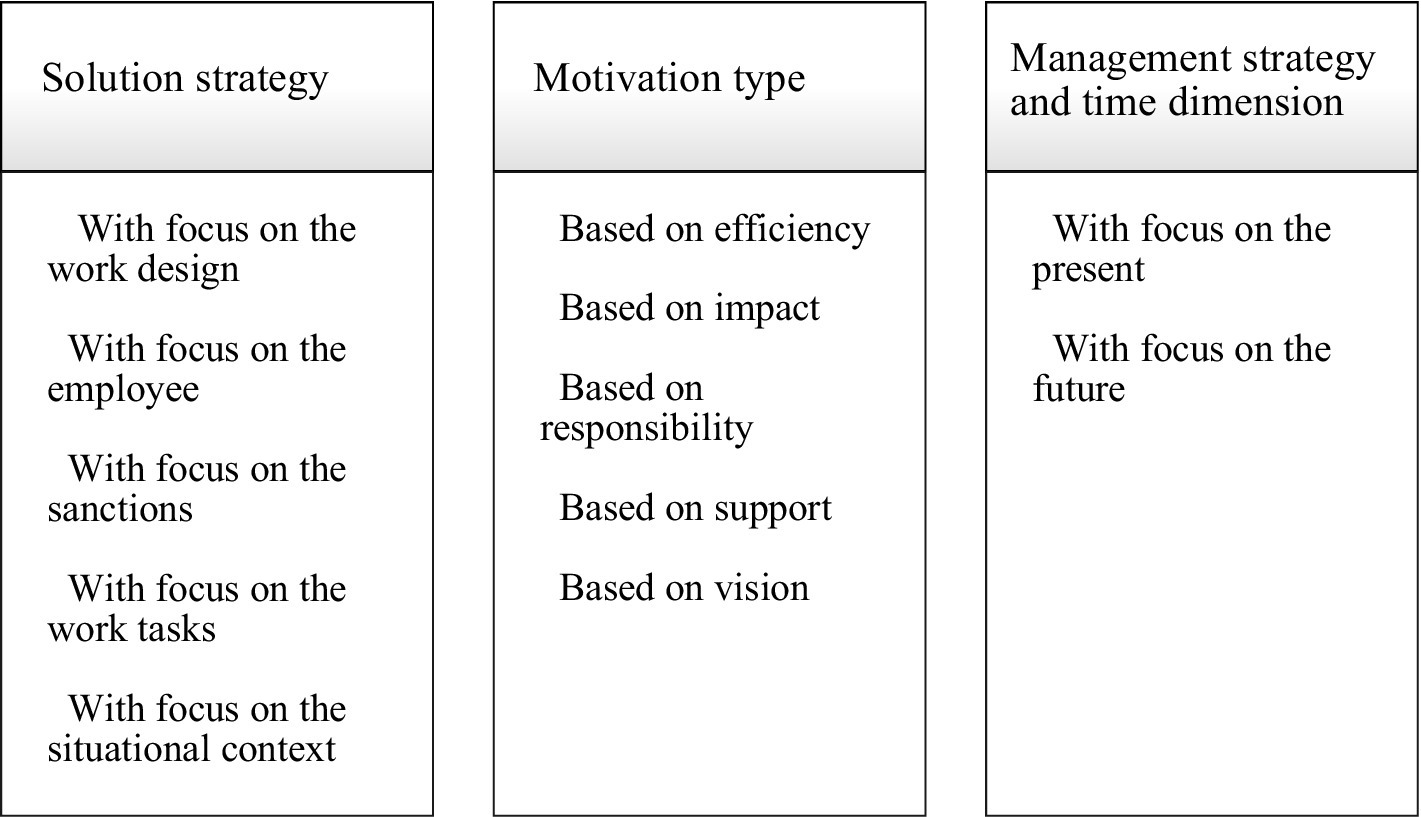Report on Leveraging UK Public Financial Institutions for Sustainable Development Goal (SDG) Aligned Investment
A significant expansion of the United Kingdom’s public financial capacity presents a strategic opportunity to channel foreign direct investment (FDI) towards achieving the Sustainable Development Goals (SDGs). A 40% increase in the collective investment capacity of state-backed institutions, including the National Wealth Fund and the British Business Bank, to £137 billion by 2029, enables a new model of investment promotion focused on sustainable and innovative sectors.
A New Mandate for Public Financial Institutions (PFIs) in Driving SDG Progress
The limitations of traditional investment promotion, as identified in the Harrington Review of Foreign Direct Investment, necessitate a new approach. While conventional Investment Promotion Agencies (IPAs) are structured to support direct investments by multinationals, they possess limited mechanisms to influence the international capital flows managed by Venture Capital (VC) and Private Equity (PE) firms. PFIs are uniquely positioned to fill this gap by partnering directly with these fund managers, thereby steering capital towards national priorities aligned with the SDGs.
Strategic Alignment with Global Goals
- SDG 9 (Industry, Innovation, and Infrastructure): PFIs can co-invest alongside international partners in high-growth, innovative domestic projects, building resilient infrastructure and fostering sustainable industrialization.
- SDG 17 (Partnerships for the Goals): By acting as limited partners in international VC and PE funds, PFIs can forge powerful global partnerships to mobilize financial resources for sustainable development.
- SDG 7 (Affordable and Clean Energy) & SDG 13 (Climate Action): This model allows for targeted investment in sectors critical to the green transition, such as renewable energy, climate technology, and sustainable resource management.
Case Studies: PFI-led Investment in Sustainable Innovation
Recent activities by UK PFIs, while primarily driven by domestic policy, serve as powerful examples of how public capital can attract international funds to projects with significant SDG impact.
UK Infrastructure Bank & Cornish Lithium
The £24 million equity investment into Cornish Lithium, matched by the US PE firm Energy & Minerals Group, exemplifies a strategic partnership to advance sustainable development. This investment supports the creation of a first-of-a-kind industrial plant for lithium extraction, a critical component for clean energy technologies. This initiative directly contributes to:
- SDG 12 (Responsible Consumption and Production): By developing a domestic, sustainable supply chain for a critical mineral, reducing reliance on less regulated international sources.
- SDG 7 (Affordable and Clean Energy): By providing essential materials for battery technology, which is fundamental to the clean energy transition.
British Business Bank & Evolution Equity Partners
The British Business Bank’s investment of over $85 million into New York-based Evolution Equity Partners demonstrates the use of PFI influence to attract international expertise and capital. This partnership, which led to the firm’s expanded UK presence, fosters a robust domestic ecosystem for innovation and growth, aligning with:
- SDG 8 (Decent Work and Economic Growth): By attracting international fund managers who can scale up UK companies, creating high-quality jobs and promoting sustained economic growth.
- SDG 9 (Industry, Innovation, and Infrastructure): By providing ambitious UK founders with access to sufficient later-stage capital, ensuring they can scale their innovations within the UK.
Strategic Recommendations for Maximizing SDG-Aligned Inward Investment
To fully realize this potential, the UK must adopt a more explicit strategy that leverages its PFIs for investment promotion, drawing lessons from international counterparts like the Ireland Strategic Investment Fund, which actively attracts climate tech and biotech VCs. Aversion to deploying public funds into international managers must be balanced against the necessity of attracting large-scale funds capable of scaling companies crucial for the green and digital transitions.
A Coordinated National Strategy
- Integrate SDGs into PFI Investment Mandates: The attraction of international capital for projects that advance specific SDGs should become a formal objective for the National Wealth Fund and British Business Bank.
- Foster PFI-IPA Collaboration: A formal partnership between the enhanced PFIs and the revamped Office for Investment (OFI) is required to identify and attract international partners whose investment theses align with the UK’s sustainability targets.
- Target High-Impact Sectors: Proactively identify and engage international PE and VC firms with proven track records in sectors critical to the SDGs, such as climate technology, biotechnology (SDG 3: Good Health and Well-being), and circular economy models (SDG 12).
- De-risk Pioneering Investments: Utilize PFI capital to de-risk inbound investment into transformative but early-stage projects, ensuring the UK remains at the forefront of sustainable innovation.
Conclusion: A New Era of Purpose-Driven Investment
The United Kingdom is well-positioned to pioneer a new, more effective strategy for attracting international capital. By combining the financial power of its expanded PFIs with the strategic focus of the OFI, and placing the Sustainable Development Goals at the core of this collaboration, the UK can ensure that inward investment not only drives economic growth but also delivers tangible progress on national and global sustainability objectives.
Which SDGs are addressed or connected to the issues highlighted in the article?
-
SDG 8: Decent Work and Economic Growth
The article focuses on strategies to boost the UK’s economy by increasing inward investment from venture capital (VC) and private equity (PE) firms. This initiative aims to support high-growth, innovative sectors, which directly contributes to economic growth and productivity.
-
SDG 9: Industry, Innovation, and Infrastructure
The article highlights investments in innovative sectors and industrial projects. The example of the UK Infrastructure Bank’s investment in Cornish Lithium to support a “first-of-a-kind industrial plant” and the focus on attracting “climate tech and biotech VCs” are directly linked to fostering innovation and developing industrial infrastructure.
-
SDG 17: Partnerships for the Goals
The core theme of the article is the collaboration between public and private entities. It describes how Public Financial Institutions (PFIs) like the National Wealth Fund and British Business Bank can partner with international VC and PE firms to attract capital and de-risk investments, exemplifying public-private partnerships to achieve economic goals.
What specific targets under those SDGs can be identified based on the article’s content?
-
SDG 8: Decent Work and Economic Growth
- Target 8.2: Achieve higher levels of economic productivity through diversification, technological upgrading and innovation. The article supports this by advocating for investment in the “highest-growth and most innovative sectors of the economy” and attracting “climate tech and biotech VCs” to scale up companies.
- Target 8.3: Promote development-oriented policies that support productive activities, entrepreneurship, creativity and innovation, and encourage the growth of enterprises through access to finance. The article discusses how PFIs can help domestic businesses “access sufficient capital at home” to “scale and succeed,” fostering entrepreneurship and innovation.
-
SDG 9: Industry, Innovation, and Infrastructure
- Target 9.1: Develop quality, reliable, sustainable and resilient infrastructure. The investment in Cornish Lithium for a new “industrial plant” is a direct contribution to this target.
- Target 9.3: Increase the access of small-scale industrial and other enterprises to financial services. The role of the British Business Bank in using its capital to attract international funds, which in turn invest in domestic companies, directly addresses the need for businesses to access finance.
- Target 9.b: Support domestic technology development, research and innovation. The strategy to attract multi-stage US VCs is aimed at giving “ambitious founders the confidence that they can access sufficient capital at home,” which is crucial for supporting domestic innovation.
-
SDG 17: Partnerships for the Goals
- Target 17.3: Mobilize additional financial resources from multiple sources. The article’s central idea is to use public funds from PFIs to leverage and attract significantly larger amounts of private capital from international VC and PE firms.
- Target 17.5: Adopt and implement investment promotion regimes. The article explicitly discusses the UK’s efforts to improve its investment promotion strategy, referencing the “Harrington Review of Foreign Direct Investment” and the creation of a “concierge service for foreign financial institutions.”
- Target 17.17: Encourage and promote effective public-private partnerships. The entire model described—where PFIs co-invest with or act as limited partners in international funds (e.g., the UK Infrastructure Bank’s investment alongside US PE firm Energy & Minerals Group)—is a prime example of a public-private partnership.
Are there any indicators mentioned or implied in the article that can be used to measure progress towards the identified targets?
-
SDG 8: Decent Work and Economic Growth
- Implied Indicator (related to 8.2.1): While not stating the annual growth rate of real GDP, the article’s goal of supercharging investment in “highest-growth and most innovative sectors” implies a direct intent to increase economic productivity.
-
SDG 9: Industry, Innovation, and Infrastructure
- Implied Indicator (related to 9.3.2): The article implies progress by mentioning the expansion of financial capacity for state-backed investors to a “collective £137bn by 2029,” which is intended to increase access to finance for businesses.
- Implied Indicator (related to 9.b.1): The focus on attracting “climate tech and biotech VCs” suggests an aim to increase the value added by medium and high-tech industries.
-
SDG 17: Partnerships for the Goals
- Indicator 17.3.1 (Foreign direct investment): The article is centered on attracting inward investment and foreign direct investment, with the Harrington Review and the Office for Investment’s new concierge service being mechanisms to increase it.
- Indicator 17.17.1 (Amount of money committed to public-private partnerships): The article provides specific financial figures that serve as direct indicators of these partnerships. Examples include the UK Infrastructure Bank’s “£24mn injection into Cornish Lithium,” which was matched by a private firm, and the British Business Bank’s investments of “$35mn” and “$50.8mn” into Evolution Equity Partners.
SDGs, Targets and Indicators
| SDGs | Targets | Indicators |
|---|---|---|
| SDG 8: Decent Work and Economic Growth |
|
|
| SDG 9: Industry, Innovation, and Infrastructure |
|
|
| SDG 17: Partnerships for the Goals |
|
|
Source: fdiintelligence.com







